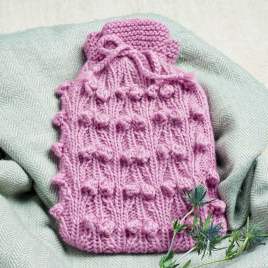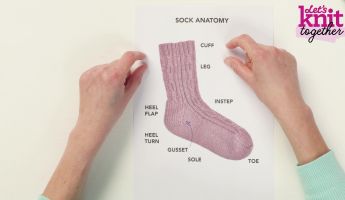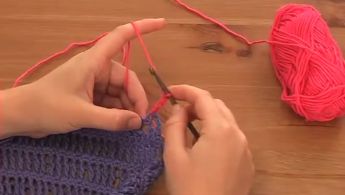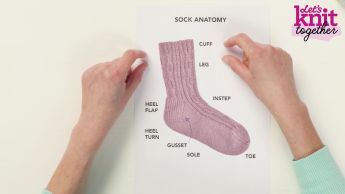How to: work a right twist stitch
video by
Let's Knit Together
- Overview
- Practical Guides
Twist stitches come in all sorts of variations, usually worked over against a contrast background, and often as a column of stitches for a textured section. Here we’re going to create a right twist, without a cable needle.
Always check your pattern for any explanation of a twist, as it may have more than one name.
In a deliberate twist, the order or the stitches is swapped and the result is a noticeable change in the look of the stitches. In this video, we twist two knit stitches against a purl background, so the right side of the fabric is the purl side, and the wrong side is the knit side. On the right side, purl up to the knit stitches, then move the yarn to the back between the needle tips ready for the knit stitches. Start with second knit stitch and insert the RH needle from front to back, but over the top of the LH needle (rather than underneath), and wrap your yarn as usual to pull through a stitch on the RH needle, but do not lift this second stitch off the LH needle yet. Go back to the first knit stitch and knit it as normal, and then lift both stitches off the LH needle. You have created a right twist by working more at the front of the stitch, and now return to the purl section of your pattern. This type of pattern may be shown as a chart, in which case study it carefully to be clear about when to knit and purl stitches on the right or wrong side. This variation may be called a back twist, perhaps as the first stitch appears to go behind the second, but always follow the pattern-specific instructions. Some twist stitches also use a cable needle, so for an idea of what it’s like to use one, take a look at our cable needle tutorials for guidance.











































